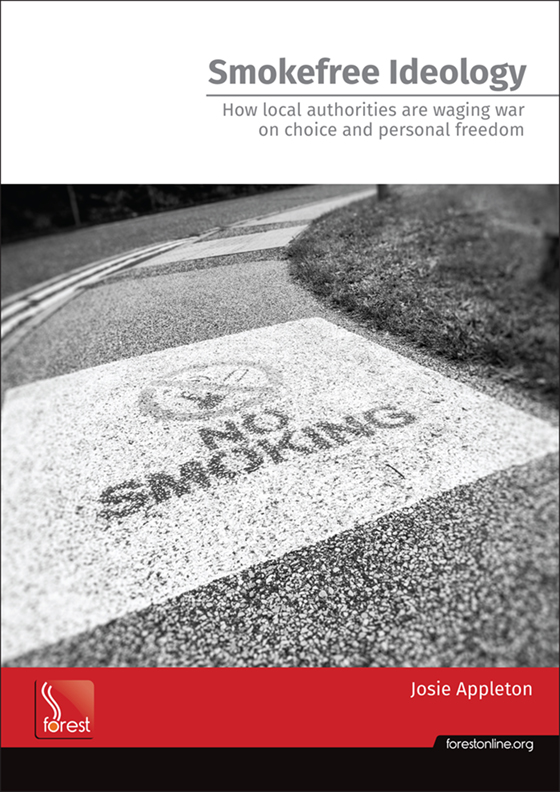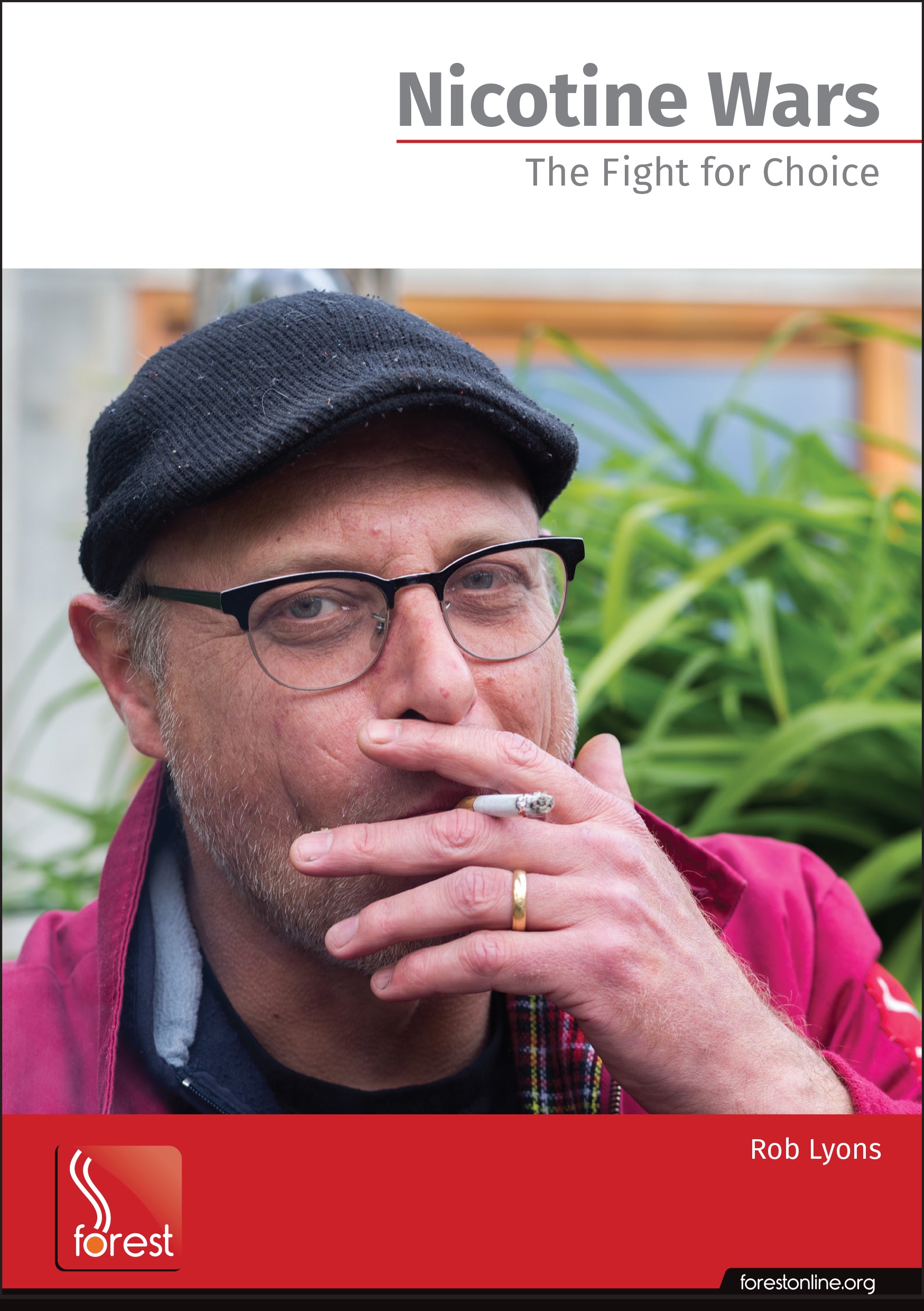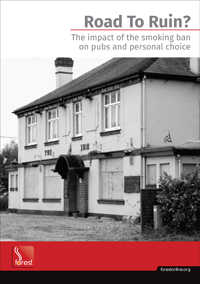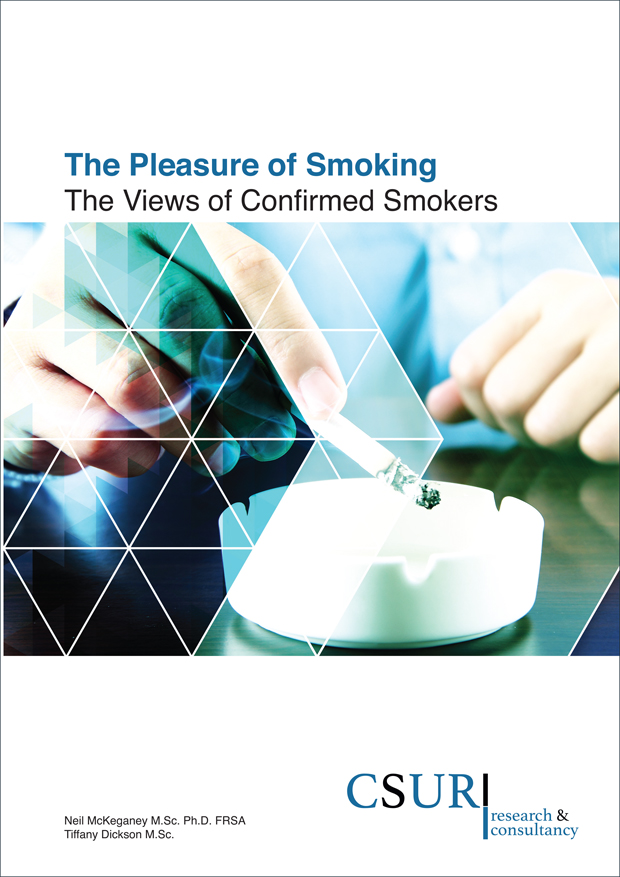Air pollution and smoking - how ‘deadly’ figures can mislead
 Friday, December 6, 2019 at 9:41
Friday, December 6, 2019 at 9:41 According to the British Heart Foundation, air pollution in worst hit areas in the UK is, on average, ‘as deadly’ as smoking over 150 cigarettes each year.
Based on the BHF ‘analysis’, air quality in North Kent offers an ‘increased risk of death equivalent to smoking more than 140 cigarettes a year’, while in parts of urban inner city London the analogy rises to almost 160 cigarettes a year.
I’ve no idea how they reached these figures but by conflating air quality with smoking, and using words such as ‘deadly’ and ‘increased risk of death’, the BHF has managed to achieve an impressive double whammy, simultaneously spreading fear about (a) air pollution and (b) smoking even a relatively small number of cigarettes.
What no-one seems to be asking is, how harmful is smoking 140-160 cigarettes a year? Is it really ‘deadly’? Yes, it may increase one’s risk of ill health, even premature death, but I’m willing to bet the increased risk is very small.
Let’s take the upper figure (160 cigarettes a year). That amounts to fewer than one cigarette every two days, or three cigarettes a week.
A generation of post war baby boomers smoked 20, 30 or even 40 cigarettes a day for years if not decades and, while I don’t dispute the serious health risks associated with that level of consumption, millions did not die as a result of their habit.
A 20-a-day smoker would have smoked 7,300 cigarettes a year and, even if you believe those who say smoking kills half of all long-term consumers, that still leaves millions for whom smoking was not a deadly habit.
Despite that we are led to believe that smoking a fraction of that number (two per cent) is also a ‘deadly’ risk. This in turn is equated to air pollution and the ‘increased risk of death’ of living in certain areas.
Prompted by the BHF’s spin on its own analysis, this week’s reports tell a different story, but common sense suggests that the risk of death from smoking fewer than three cigarettes a week must be tiny.
It follows, then, that the increased risk of death from living in even our most polluted areas must also be very small. That however isn’t an angle the media would be interested in.
The BHF knows this, hence the fearmongering - or lack of perspective - in their own report ( Air pollution in worst hit areas as deadly as smoking over 150 cigarettes each year).
Sadly this is par for the course these days and public health campaigners are masters at it. Pity the media chooses to play their game.











Reader Comments (3)
We live in an age of hysteria. It started with smoking and that is why it is used to measure how much the public should fear something else. The truth is, air pollution is and always has been far more harmful than smoking but why let facts get in the way of pretentious and hysterical middle class media prejudice.
It's the old trick of the wording, though, isn't it? "160 cigarettes a year" sounds much more scary than "up to half a cigarette a day," doesn't it? Like you, Simon, I'd be very interested to know how they came up with those figures, bearing in mind that there's probably no-one on the planet who only smokes half a cigarette a day - so how on earth could they possibly have measured how much harm that causes in the first place in order to compare it with the supposed amount of damage caused by x amount of air pollution? Maybe they looked at their figures for harm to someone smoking a pack a day and then simply divided it by 20. Which, when you think about it, is an awful lot of rather weird mathematical gymnastics to go to the trouble of doing if you are writing an item about something that you firmly believe, in and of itself, is harmful. Why not just say – “people in this area have an xxx% higher chance of suffering from xxx ailment than those living in less polluted areas?” Which, is, after all, what the anti-smokers did when they were busy ramping up the war against smokers. If it was good enough for Tobacco Control in its formative years just to bat on about smoking without comparing it to anything else, then why isn’t it good enough for this lot?
To be honest, it has all the hallmarks of a story with an agenda; put together by people who want to make "air pollution" sound a lot more harmful than it actually is to whip up a bit of hysteria, and – in the absence of being able to come up with any really scary stats about the “harms” of air pollution on their own – they thought that the best way to stir up the required "public concern" would be to shoehorn in the obligatory reference to the one thing that they believe people are already gibberingly scared of - tobacco smoke. It's a bit boring, really - these days everyone who has a little health "bugbear" of their own can't seem to resist comparing it (always in terms of "almost as bad as" or "as harmful as" or "as big a health threat") to smoking. The good news about this, of course, is that the moment any little anti-this or anti-that campaign has to resort to comparing “their” worry with that good old standby of smoking, it’s a pretty sure indication that in reality there’s probably virtually no meaningful indication that “their” particular little worry is actually doing anyone any harm at all! If there was, they wouldn’t need to call on people’s overly-stimulated fears about smoking.
It’s a very useful yardstick, in fact, to keep an eye open for. If any new health “threat” somehow – come hell or high water - squeezes in the obligatory “smoking” comparison, you can be pretty certain that you don’t have to worry about it at all!
I know loads of people born in the 1950's like me who have always smoked 30 or more cigs a day and spent most evenings in smoky pubs upto 2007. Nowadays they smoke and drink at home. They are all still around. Just shows the rubbish that is promoted by the nanny state apologists today and these dopey millenials believe !